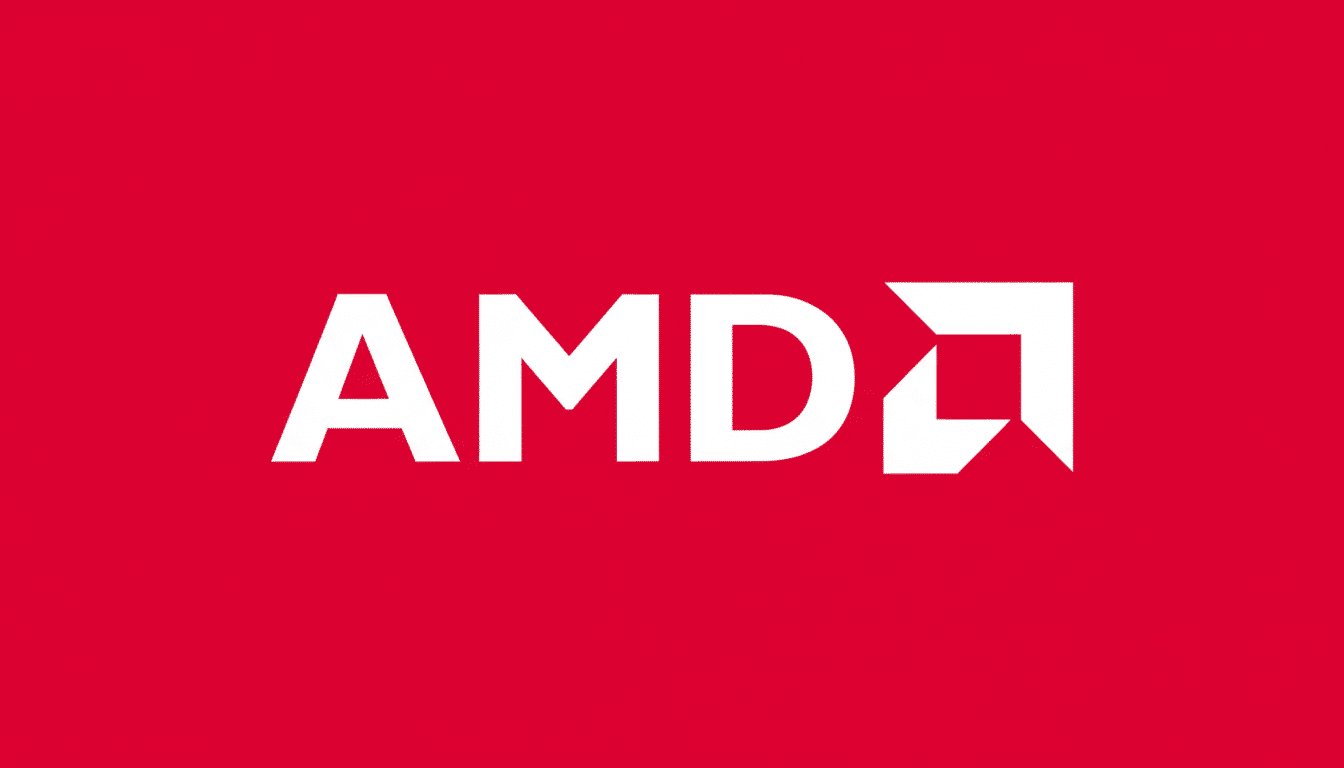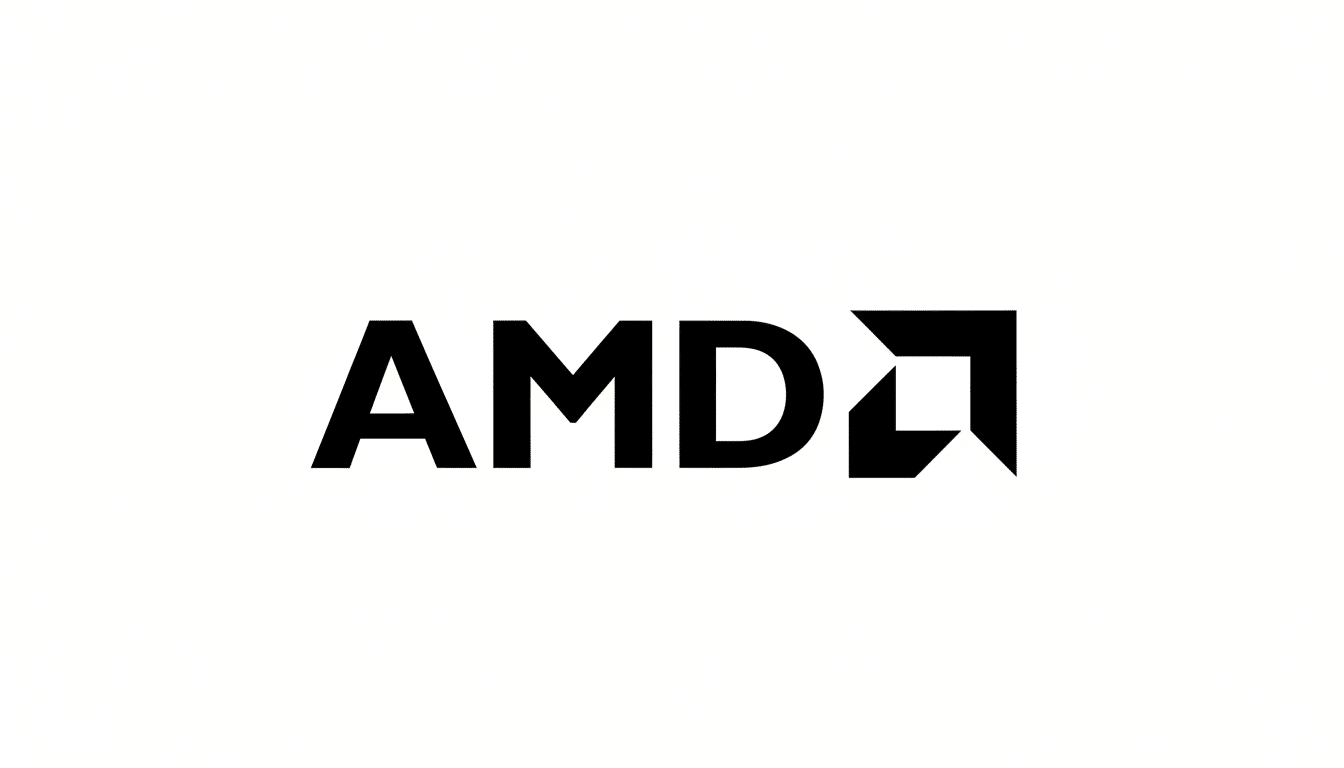OpenAI is making a big bet on AMD, inking an alliance that will dedicate up to six gigawatts of AI computing capacity toward running its software stack on AMD silicon over the next few years, with the first gigawatt expected by next year. Detailed by the companies in the announcement, the agreement also paves a way for OpenAI to hold a stake of up to 10 percent in AMD, and an AMD exec has confirmed that it is anticipated that tens of billions of dollars in revenue will come from working with OpenAI.
“This partnership is an important step to expand the computing power required to achieve our vision of creative AI,” said OpenAI CEO Sam Altman, adding that AMD’s high-performance chips would help speed up shipments of more powerful AI systems sooner.

The move comes days after OpenAI announced a different, and larger, buildout on Nvidia systems that would be capable of around 10 gigawatts.
Fortune has reported that it could use up as much electricity as all of the largest U.S. cities combined—a sobering reminder that AI’s next steps forward may rely on little more than raw energy and chips to efficiently transform it into usable computation.
Why AMD Is a Major Factor in the AI Hardware Battle
Nvidia has been the king of cloud AI acceleration for most of the past 2 years. Analyst firms such as Dell’Oro Group and Omdia have pegged Nvidia as holding the lion’s share of AI accelerator revenue due to its maturest software ecosystem and proven largest supply scale. AMD’s counterpunch is the MI300 family, which are high-memory accelerators for large language model training and inference alongside the company’s ROCm software stack.
Already a number of hyperscalers have adopted AMD’s upcoming MI300X parts, including Microsoft sharing where the chips are available in its cloud, and numerous AI startups previewing promising cost-per-token when memory bandwidth is bottlenecked.
A serious OpenAI deployment would sharpen that edge—large real-world workloads show the Achilles’ heel of software pretty quickly, and there are always countless optimization loops that flow back to the general developer ecosystem.
Strategically, OpenAI is also signaling supplier diversification. Securing capacity with both AMD and Nvidia drives the single-vendor risk down, among other benefits propelling negotiating strength, while spreading exposure across two different product roadmaps—Nvidia’s Blackwell platform on one hand, and AMD next-gen accelerators on the other.
The Math and Logistics Behind Six Gigawatts of AI
Six gigawatts is utility-scale infrastructure—the equivalent of what several large power plants produce—and it’s emblematic of the clash between AI’s aspiration as an industry and the natural limitations of energy, land and cooling. The International Energy Agency has projected that global data center electricity use could nearly double mid-decade, fueled largely by AI workloads. Power is not a back-office detail anymore; it’s the gating constraint.
Transporting just one gigawatt of AI-ready capacity at a time demands coordination on grid interconnections, substation buildouts and advanced cooling. Once an enthusiast’s niche, liquid cooling is quickly becoming mainstream for dense AI clusters. Rhodes said that industry groups such as the Uptime Institute were tracking how concerns about thermal design limits and access to water are influencing site selection, in places including the American Southwest and Northern Europe.

For OpenAI, that means the AMD deal is about power engineering and procurement—long-term renewables contracts, on-site generation, demand response—as much as it is chips.
It’s also a sign to utilities that the arrival of hyperscale AI demand is coming sooner than anybody planned for.
Supply Chain and Pricing Implications for AI Chips
On the manufacturing side, gridlock is clearly behind advanced packaging at TSMC and high-bandwidth memory provided by SK hynix, Micron, and Samsung. In other words, committing to multi-gigawatt deployments is really just about reserving scarce input years in advance. That’s leverage for AMD, which can process learned-on data demand into long-term wafer and HBM allocations—and most importantly, competitive (reducing) pricing for OpenAI.
If/when OpenAI does embed with a substantial equity stake, it might bring further alignment on roadmap visibility and priority access. For AMD, tens of billions in incremental revenue could help grow data center share, fund R&D and leverage the expensive packaging and interconnect technologies necessary for next-generation accelerators.
For the broader market, that will mean tighter supply. As Nvidia ramps Blackwell and AMD iterates beyond MI300, large pre-allocations can mean that accelerators remain scarce for smaller customers. Such shortages tend to drive up the cost of cloud services and delay how long it takes startups to deploy, while creating bias for firms with early bookings and good credit.
What to Watch Next as OpenAI Scales on AMD Hardware
Everyone’s going to be looking for that first gigawatt and the performance-per-watt that OpenAI pulls from AMD’s stacks at scale. Watch for software updates in ROCm, model-serving improvements that take advantage of large on-package memory, and signs that training runs are transitioning smoothly between AMD and Nvidia fleets.
Also part of the story, right alongside the energy one: power purchase agreements, grid partnerships and anything that moves on-site generation forward while protecting it from arrival delays getting interconnected. Regulators and energy planners will analyze the impact of these clusters on local grids, while investors parse whether multi-vendor strategies reduce the unit economics of AI inference.
The headline is simple—OpenAI is all in on AMD. The subtext says more: AI’s new frontier rides on the back of a three-way horse race between chips, software and electricity. OpenAI’s AMD deal is a bet that balancing all three, and across more than one supplier, is how you win.

